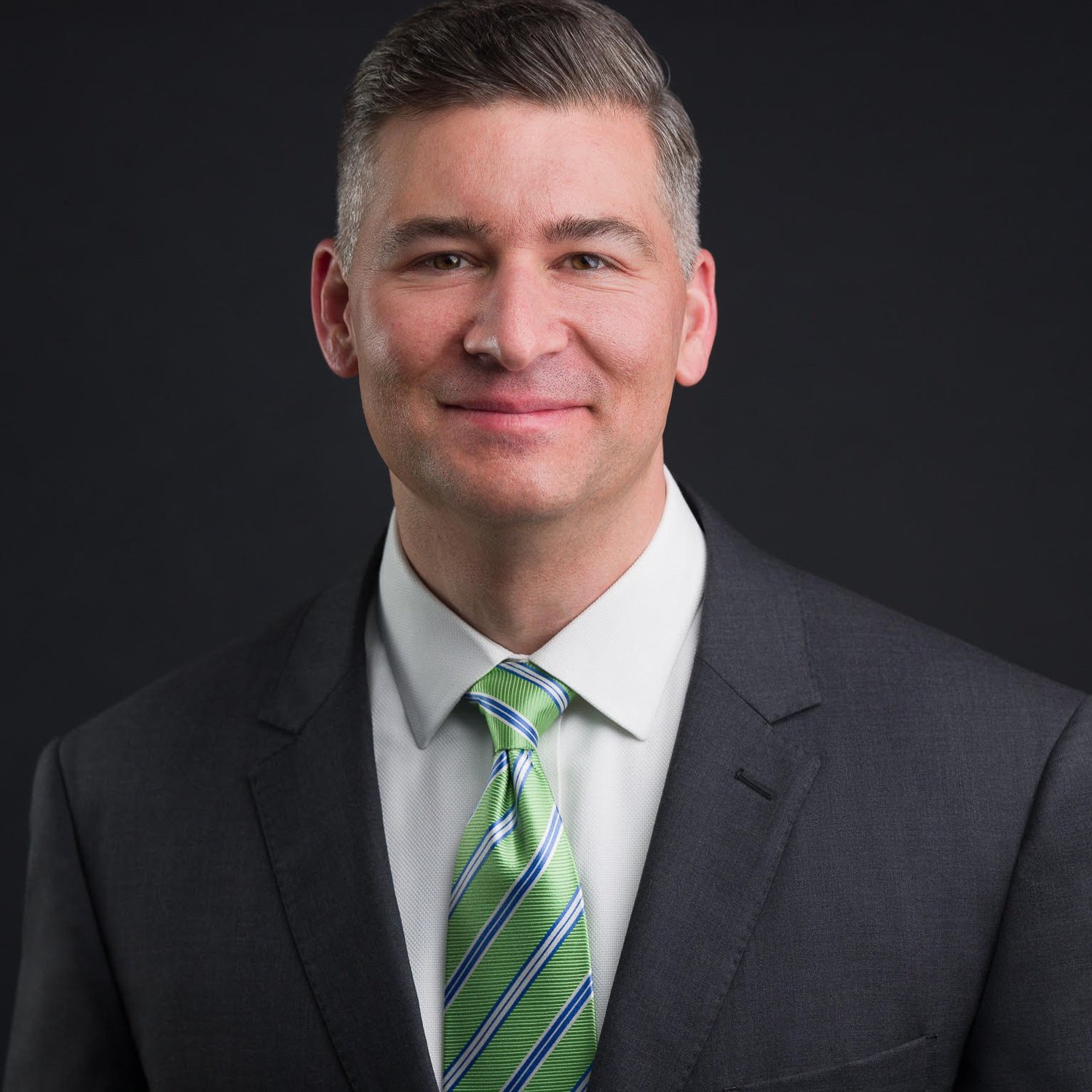Be Vigilant for Your Moment
/Despite its sometimes harsh weather and a professional football team that continually disappoints its fans, Cleveland, Ohio, is home to one of the world’s best orchestras.
And that’s not just my amateurish opinion. Gramophone magazine, for example, compiled a list of the 20 best orchestras in the world, based upon ratings from top music critics—whom, I would readily assume, know more about classical music than I.
The Cleveland Orchestra, on this list, is number seven.
It’s rated higher than the Los Angeles Philharmonic, the Boston Symphony Orchestra, the New York Philharmonic and a number of other great orchestras in the United States and around the world.
So the Cleveland Orchestra is, quite naturally, a point of pride for northeast Ohio.
And during the holiday season, the Cleveland Orchestra turns its attention to performing a variety of holiday tunes in its annual Christmas Concert series.
As I have in the past, I found this year’s performance to be splendid. But during the performance, I noticed something that got me thinking.
It was the harp. And more specifically, the harpist.
During an orchestral performance, as you know or can imagine, each musician and his or her instrument fills a specific role. Most prominent, typically, is that of the violins and other stringed instruments. Those musicians, it seems to me, are actually producing sounds from their instruments for much more total time than some of the less frequently heard-from sections.
Which brings us back to the harp. From my seat in the front-left section of Severance Hall, I had a direct view of the side of the stage where the harp and organ were situated. I was able to watch the harpist closely.
In contrast to the violinists and violists and cellists, the harpist’s role is infrequent. It can be rather distinct and prominent in the music, but the harp’s role isn’t to provide the bulk of the musical structure that the orchestra as a whole creates.
So the harpist, as I noticed, must be extraordinarily vigilant. She was just as engaged in the music when she was not playing as when she was playing—she was reading every page of the music, positioning the harp and her hands in anticipation of her parts as they would arrive.
And when they did arrive—her moment to perform—she did so with perfect timing and results.
For me at least, there’s a lesson in the role of the harpist. Sometimes, it’s easy to think that our lives and careers are supposed to be like the violins—a continual production of excellence that everyone notices and appreciates. But that’s potentially misleading and inaccurate.
Because in reality, there’s probably a big part of our lives and careers and our lives that is more like that of the harpist. We have our roles—combined with our specific talents, skills, sets of knowledge—and every so often, we’re needed to perform. It’s our turn to pluck the strings, so to speak, and deliver what only we can in that moment.
The most important point, however, isn’t that our roles are probably more punctuated than we assume.
The most important point is that we must be ready.
We can’t disengage. We must know what’s going on around us; we need to be on the same sheet of music as those with whom we’re performing—our teams at work, our families, our friends. We need to know what our strengths are and how we can contribute.
There are times for performing, and there are times for watching.
And timing is everything.
So, be vigilant for your moment. We’re all counting on you. I, for one, can’t wait to hear your notes.
Find this thought provoking? Leave a comment, like and share!
About Ben Baran
Ben Baran, Ph.D., is probably one of the few people in the world who is equally comfortable in a university classroom, a corporate boardroom and in full body armor carrying a U.S. government-issued M4 assault rifle. Visit: www.benbaran.com.



